Stories of Korea’s nine seowon
Introduction to 9 seowon, UNESCO World Heritage Sites
A pioneer of the field
of yehak within Neo-ConfucianismDonamseowon Nonsan (Historic Site No. 383)
Learn to accommodate others, just as the Earth carries so many things on its back and the ocean accepts all waters.
Learn widely and deeply so that you can practice propriety.
Develop for yourself a character that is as warm and soft as morning sunlight.
All sound files
Important functions of seowon
- Outline
- Veneration
- Learning
- Interaction
- Other aspects
Outline
Learn widely and deeply so that you can practice propriety.
Develop for yourself a character that is as warm and soft as morning sunlight.

Scenery of Donamseowon
The 16th and 17th centuries, when Kim Jang-saeng lived, were a difficult time in the history of Joseon: it was a period full of purges, revolts, and several wars with Japan. With Neo-Confucian theory unable to take sole responsibility for rebuilding society and serve as the moral compass of citizens, yehak, or the study of propriety, was adopted as an alternative. Kim’s political and social views, which were based on yehak, were established at a time in Joseon history when they were needed most.
Kim studied Neo-Confucianism under Song Ik-pil and Yi Yi and established the foundations for yehak in the 17th century. When Kim turned 35, his father, Kim Gye-hwee, died. The funeral rites were conducted according to Kim’s family’s rules of propriety. One year later, Kim edited Shin Eui-gyeong’s Funeral Rites and Ceremonies so that it could be easily understood by the general public. At the age of 52, Kim finished writing Exposition of Family Rites, a study of the rules of propriety of weddings, coming-of-age ceremonies, and funeral rituals. As a result, Donamseowon focused its educational and ritual activities on the practice of yehak.
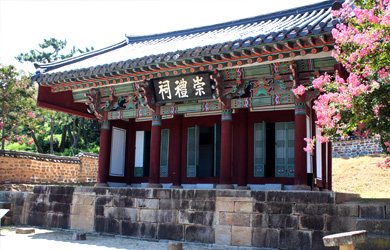
Sungnyesa
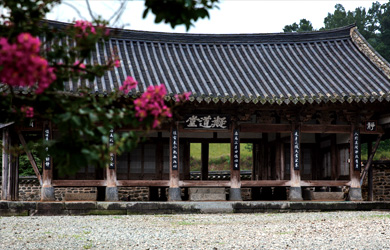
Eungdodang
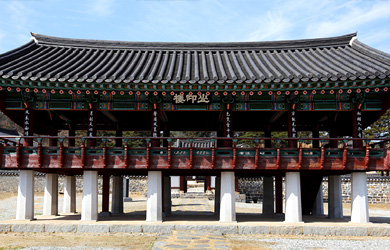
Sanangnu
Donamseowon sits on a hilly area and faces east. After entering the main gate, Ipdeokmun, one can see the learning area, Yangseongdang, in the center, with the student dormitories (Geogyeongjae and Jeonguijae) to the right and left of it facing one another. In front of Yangseongdang is a stele with an inscription written by Song Si-yeol to celebrate the founding of the seowon. To the left of Yangseongjae is Jangpangak, which stored the books and other items sent by the royal palace.
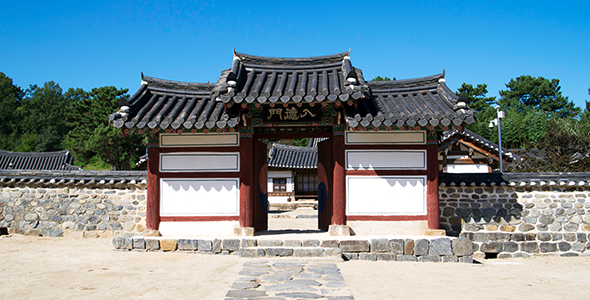
Ipdeokmun

Yangseongdang
Veneration at Donamseowon
Today, before a veneration, the ink stick is ground on an inkstone (called “naesayeon”) that was sent from the royal family during the rule of King Gojong, after which the name of the choheongwan is written on the chukmun. The inkstone is kept safely stored (along with a jade oil lamp) and taken out only for venerations.
Chunchuhyangsa is held on the second and eighth lunar months of each year.
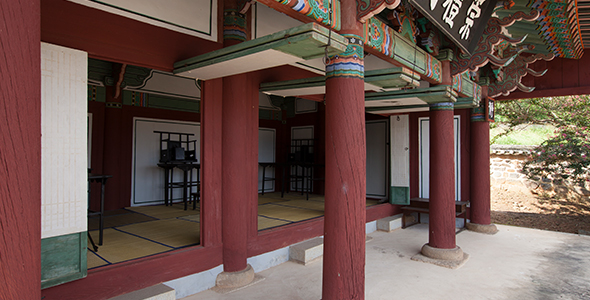
Sungnyesa
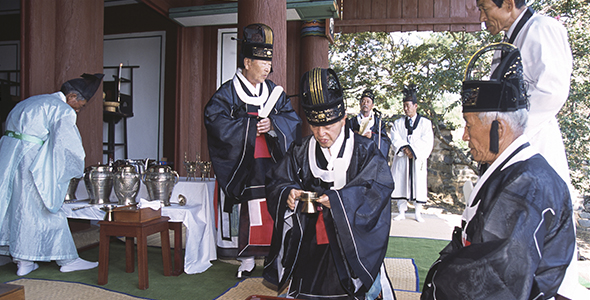
Hyangsa
Venerated individuals
Kim Jang-saeng, who pioneered yehak research in the 17th century, had a significant influence on the central government’s politics. Kim Jip helped his father create the theoretical foundations for yehak, and Song Si-yeol studied yehak under Kim Jang-saeng. After Kim Jang-saeng died, Song continued his studies under Kim Jip. Song Jun-gil studied under Yi Yi and Kim Jang-saeng and was appointed to government office by King Hyojong based on Kim Jip’s recommendation.
These four individuals are also enshrined at Seonggyungwan’s Munmyo for their contributions to yehak theory.
Learning at Donamseowon
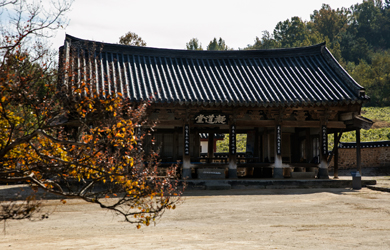
Eungdodang
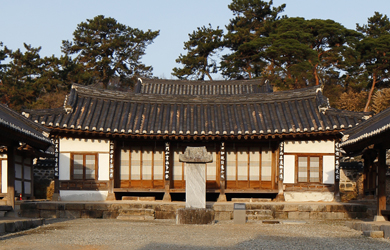
Yangseongdang
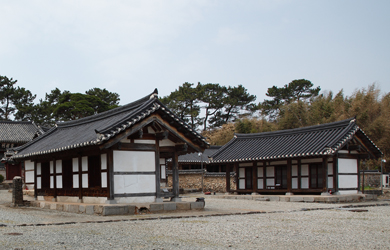
Jeongeuijae Geogyeongjae
Interaction at Donamseowon
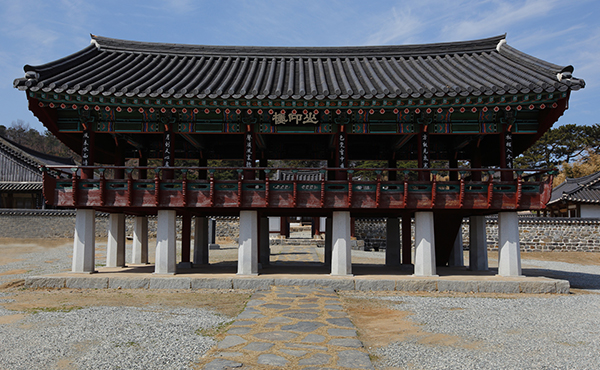
Sanangnu
Perhaps this is why, when visitors climb to the top, they see more of themselves rather than the literati of Joseon. Despite being a replica, the pavilion still seems to ask us: Are you a good person? Are you contributing properly to society and to your neighbors? Do you love your country?
Other aspects (cultural heritage items and memorial objects)
There is also the inkstone and jade candle holder that were presented by King Gojong.
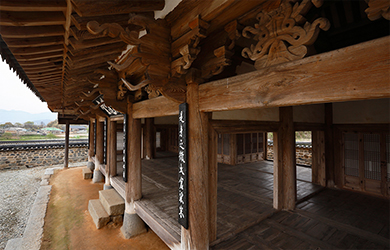
Eungdodang (Treasure No. 1569)
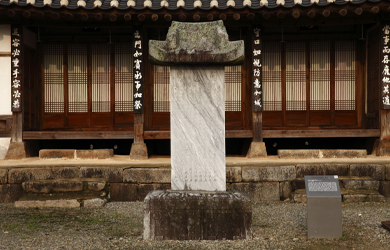
Commemorative stele erected in celebration of founding of Donamseowon (Chungcheongnam-do Cultural Property Material No. 366)
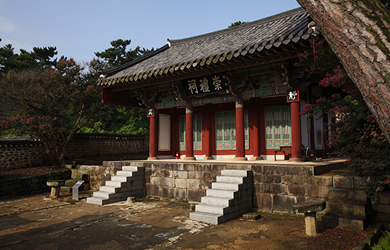
Yugyeongsa (Sungnyesa) Shrine in Donamseowon (Chungcheongnam-do Tangible Cultural Treasure No. 155)
